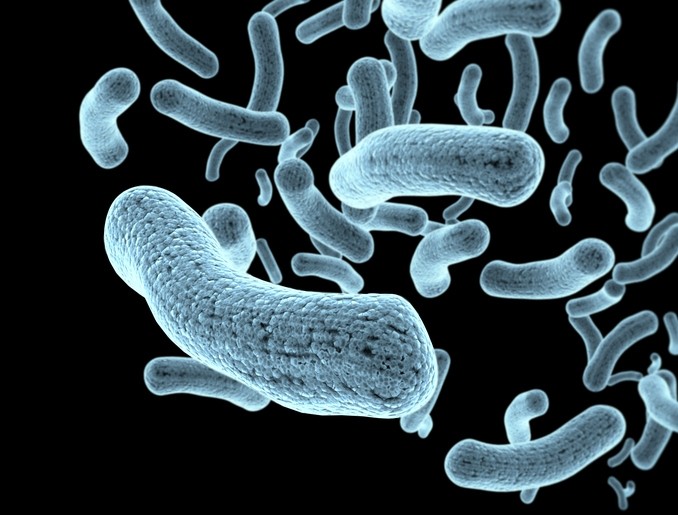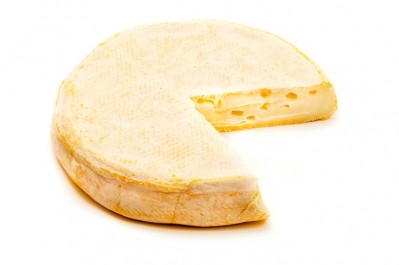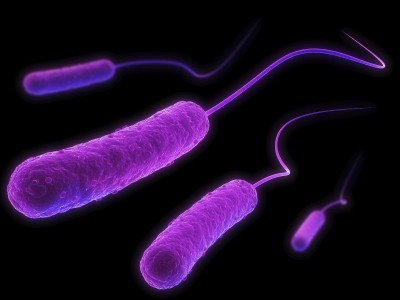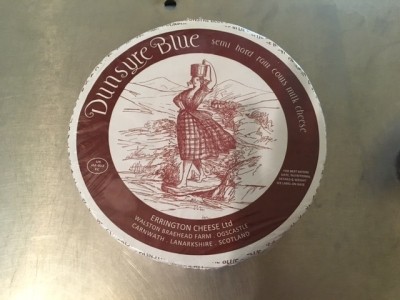Experts try to simplify identification of risky STEC strains

The Joint FAO/WHO Expert Meetings on Microbiological Risk Assessment (JEMRA) work is in response to a request from the Codex Committee on Food Hygiene (CCFH) for information on STEC in food.
STEC produce toxins known as Shiga toxins (Stx) which can cause disease in the gut.
Based on virulence genes and not serotype
The criteria includes five risk levels (highest to lowest) based on virulence gene combinations, which can be used to identify risk management goals for STEC and the testing regimes needed to monitor their achievement.
It is based on evidence of virulence gene profiles and associations with clinical severity.
The expert group concluded serotype of the STEC strain should not be considered a virulence criterion after a scientific review.
Beef, vegetables/fruits, dairy (primarily from unpasteurized products) and small ruminants’ meat are among the most important sources of foodborne STEC illness.
Sarah Cahill, Codex senior food standards officer, said the approach is a change in paradigm for management of STEC.
“It is well recognized that STEC is a complex group of organisms so these efforts to try and simplify the identification of the strains of greatest risk was well appreciated,” she said.
“Application of this approach will support harmonization of risk management of STEC and with experience in application and the data and information that generates, the categorization can be further refined and improved.”
STEC can grow in temperatures from 7 °C to 50 °C, with an optimum of 37 °C. Some can grow in acidic foods, down to a pH of 4.4 and in foods with a minimum water activity (aW) of 0.95.
STEC is destroyed by cooking food until all parts reach a temperature of 70 °C or higher.
Science surrounding STEC
World Food Safety Day
Codex wants 7 June to be adopted by the UN General Assembly as World Food Safety Day.
The next session of the UN General Assembly starts on 18 September this year.
Costa Rica is driving the initiative for such a day. Food safety was the theme for World Health Day in 2015.
CCFH wanted to identify the global burden of disease due to STEC to determine which commodities to focus on in developing guidance.
CCFH chair, Dr Emilio Esteban, of the US Department of Agriculture, said: “JEMRA’s impartial and all-inclusive expert elicitation and discussion process is a transparent mechanism to get a full unbiased scientific perspective on STEC.”
It was presented at the tenth International Symposium on Shiga toxin producing Escherichia coli infections (VTEC2018) in Florence, Italy from 6-9 May.
Earlier this year, the BfR (Federal Institute for Risk Assessment) said prediction of the disease-causing potential of various strains was not yet possible.
Severity of disease depends on the type and amount of ingested STEC subgroups, said the German agency.
In addition to Shiga toxin, a protein for attaching the pathogens in the intestine (intimin) is an important factor in development of severe diarrhoea.
STEC strains can be better classified using modern molecular methods but a definite prediction of potential to cause disease is not possible so they are all listed as potentially virulent.
























